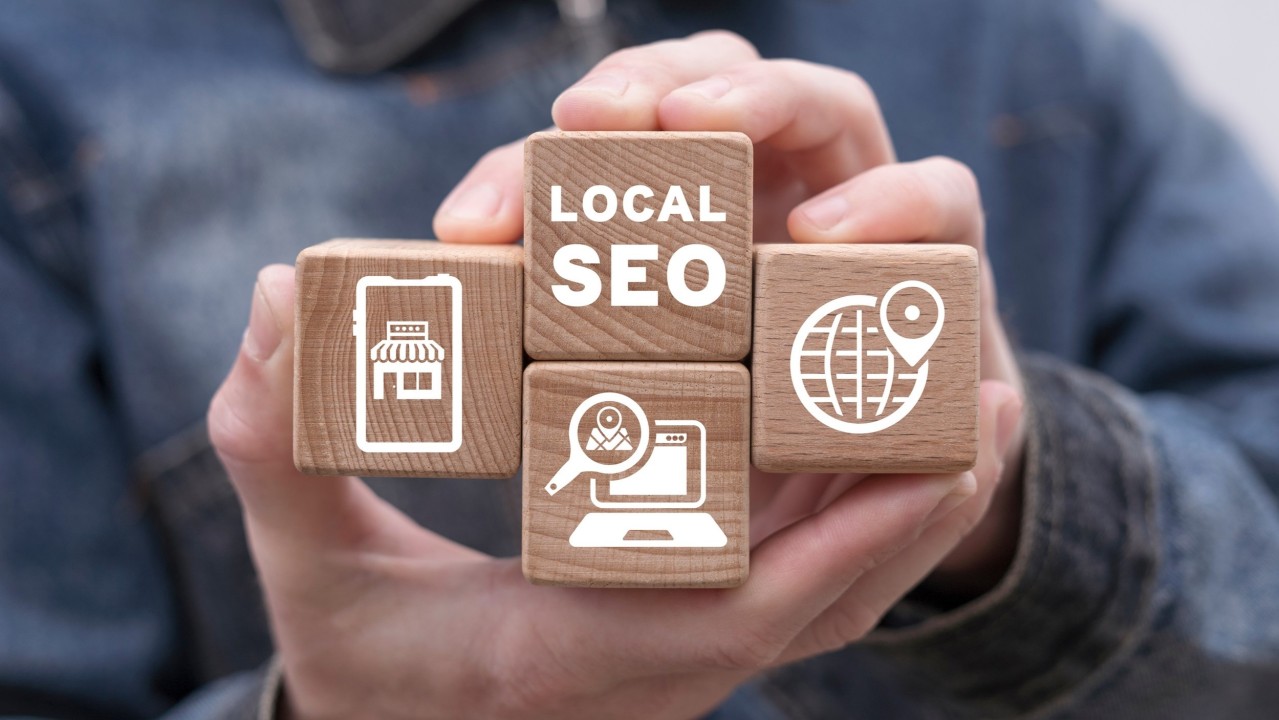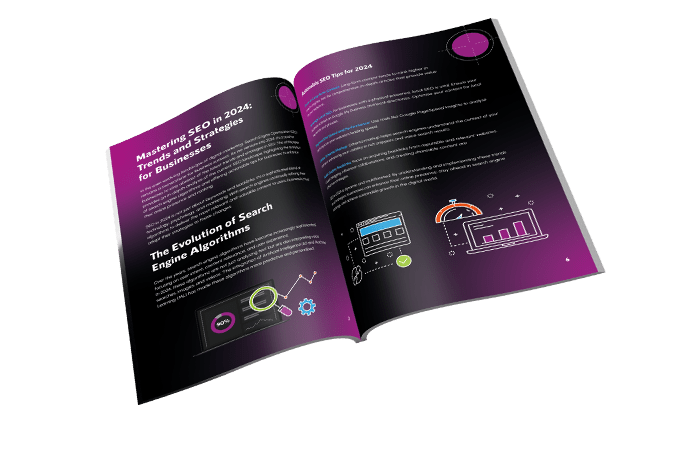News
Improving Customer Acquisition: Tips from Digital Marketing Agencies on Using Paid Social
Companies, large and small, continually seek effective methods to bring in new customers and retain existing ones. One of the most powerful tools for customer acquisition in the digital age is paid social advertising.
Paid social refers to the use of sponsored or promoted content on social media platforms like Facebook, Instagram, LinkedIn, and others. For businesses looking to expand their reach and engage with potential customers, paid social offers a cost-effective, targeted way to do so. But how can brands maximise the potential of paid social to enhance customer acquisition?
In this comprehensive article, we’ll explore insights and tips from leading digital marketing agencies, who have refined their strategies over years of trial and success. From platform-specific targeting to the importance of analytics, we’ll delve into how you can craft more effective social ad campaigns to drive customer acquisition.
The Power of Paid Social Ads in Customer Acquisition
Paid social ads have become indispensable in the marketing toolbox, largely due to their ability to reach highly targeted audiences and provide detailed analytics. Unlike traditional marketing, where it’s hard to track direct ROI, social media platforms offer clear data on performance, making it easier for marketers to make informed decisions.
In terms of customer acquisition, the precision targeting offered by platforms like Facebook, Instagram, and LinkedIn is unrivalled. You can reach specific demographics, interests, behaviours, and even custom audiences based on data you already have. This makes social platforms a fertile ground for acquiring new customers.
But as with any tool, success with paid social requires a well-executed strategy. Without proper planning and understanding, it’s easy to waste money on underperforming ads that don’t contribute to your goals.
1. Understanding the Paid Social Platforms: Where to Start?
Not all social media platforms are created equal, and different platforms are better suited for different types of customer acquisition. Here’s a look at some of the most popular platforms and how you can utilise them for your business:
Facebook & Instagram
Facebook and Instagram are often considered the cornerstones of paid social campaigns. Facebook has one of the most robust advertising platforms, with an ability to target based on almost any demographic, from age and location to interests and online behaviours. Instagram, owned by Facebook, integrates seamlessly, allowing businesses to reach users across both platforms simultaneously.
According to digital marketing agencies, Facebook’s Custom Audiences feature is a game-changer for customer acquisition. With this feature, you can upload a list of your existing customers and use Facebook’s algorithm to find new customers who match their profile (lookalike audiences). This way, you’re reaching people who are more likely to be interested in your product or service.
Instagram, with its highly visual nature, is especially useful for brands in industries like fashion, beauty, lifestyle, and food. Paid ads in Instagram Stories, for instance, offer a creative and engaging way to promote products and services directly to users.
For B2B businesses, LinkedIn is where paid social truly shines. As the largest professional network in the world, LinkedIn allows businesses to target professionals based on their job title, company size, industry, and more. If your target customers are business owners, decision-makers, or high-level executives, LinkedIn’s paid ads offer a way to reach them that’s hard to replicate on other platforms.
Digital marketing agencies recommend using LinkedIn’s Sponsored InMail, which allows you to send targeted messages directly to users’ inboxes. This can be a highly effective strategy for customer acquisition, especially in professional services industries where personal connections are key.
While not as widely used as Facebook or Instagram for customer acquisition, Twitter still holds value, especially for businesses in industries like technology, media, and politics. Twitter Ads allow businesses to promote tweets, trends, and accounts, targeting users based on interests, keywords, and location.
2. The Importance of Targeting: Precision is Key
Targeting is at the heart of successful paid social campaigns. It’s not enough to simply push your ads to a large audience; the key is pushing your ads to the right audience. Digital marketing agencies emphasise the importance of knowing your customer personas before launching a paid social campaign. These personas should include demographic information like age, location, and gender, as well as psychographic data like interests, values, and behaviours.
Use Audience Segmentation to Tailor Ads
One of the most effective strategies for customer acquisition is segmenting your audience and delivering personalised ads to each segment. For example, if you’re a company that sells fitness equipment, you could create different ads for young professionals interested in home workouts, middle-aged parents looking to stay healthy, and retirees focusing on low-impact exercises. Each segment will respond to different messaging, and paid social platforms give you the ability to tailor your ads to each.
Leverage Lookalike Audiences
As mentioned earlier, lookalike audiences are a powerful way to expand your reach to potential customers who share characteristics with your existing audience. Lookalike audiences use data from your current customers or followers to find similar users who may be interested in your brand. This is particularly useful for scaling your customer acquisition efforts without completely overhauling your campaign strategy.
3. Crafting the Perfect Ad: Message and Creative
Once you’ve identified your target audience, the next step is creating ads that resonate. According to digital marketing experts, the success of a paid social campaign often comes down to the creative and messaging used in the ads.
Ad Copy: Keep it Simple, Clear, and Compelling
Your ad copy needs to grab the audience’s attention within seconds, as most users scroll quickly through their feeds. Keep the language clear and concise, focusing on the core message you want to communicate. Use strong calls to action (CTAs) that encourage users to take immediate action, whether that’s clicking through to your website, downloading an app, or signing up for a newsletter.
For example, instead of saying “Check out our new product,” say “Get 20% off our best-selling product today only!” The second message is more compelling and gives the user a reason to act immediately.
Visuals: Stand Out with High-Quality Images or Videos
On platforms like Instagram and Facebook, visuals play an equally critical role. The competition for attention is fierce, and ads need to stand out in a sea of content. Use high-quality images or videos that align with your brand’s identity and speak directly to your target audience.
Video ads, in particular, have shown to be highly effective for customer acquisition. Short, engaging videos that quickly communicate the value of your product or service can capture attention better than static images.
4. Budgeting and Bidding: Spend Wisely
One of the most significant advantages of paid social is its flexibility when it comes to budget. Whether you’re a small business with a limited budget or a large corporation, paid social can work for you. However, it’s crucial to set a budget that aligns with your goals and offers room for testing.
Optimise Your Ad Spend Through Split Testing
A key recommendation from digital marketing agencies is to regularly run A/B tests (also known as split tests) to determine what resonates best with your audience. This involves testing different elements of your ads, such as the headlines, copy, visuals, or CTAs, to see which performs better.
For example, you might run two versions of an ad: one with a video and one with a static image. By measuring the performance of each ad, you can determine which type of creative drives more conversions and adjust your future campaigns accordingly.
Bidding Strategies
Different platforms offer different bidding options, from cost-per-click (CPC) to cost-per-impression (CPM) and cost-per-acquisition (CPA). Choosing the right bidding strategy depends on your campaign goals.
If your goal is brand awareness, a CPM strategy (paying for impressions) might be your best bet. However, if you’re focused on driving conversions or sales, a CPA model (paying for specific actions like clicks or sign-ups) will likely deliver more value for your budget.
5. Tracking and Analytics: Measure What Matters
Paid social platforms offer an abundance of data, but to make the most of it, you need to know what to track. According to digital marketing agencies, successful customer acquisition campaigns are data-driven. Monitoring your campaigns allows you to refine your approach and improve performance over time.
Track Key Performance Indicators (KPIs)
Depending on your goals, the KPIs you track may vary. For customer acquisition, the most common KPIs include:
- Cost per acquisition (CPA): How much are you paying to acquire each new customer?
- Click-through rate (CTR): What percentage of users who see your ad click on it?
- Conversion rate: What percentage of users who click on your ad take the desired action, such as making a purchase or signing up for a service?
- Return on ad spend (ROAS): How much revenue are you generating for every pound spent on ads?
Tracking these metrics allows you to identify what’s working and what needs improvement. If one ad set has a high CTR but a low conversion rate, you may need to adjust the landing page or the offer to align better with users’ expectations.
Utilise Facebook Pixel or Similar Tracking Tools
For businesses using Facebook or Instagram for customer acquisition, the Facebook Pixel is an indispensable tool. The Pixel is a small piece of code placed on your website that allows you to track user activity and measure the effectiveness of your ads. By tracking actions like page views, purchases, or sign-ups, you can better understand the customer journey and refine your campaigns for greater success.
6. Refining Campaigns: Learning from Mistakes and Optimising for Success
Digital marketing agencies often stress that even the best campaigns need refinement. A significant part of success with paid social comes from continuous learning and optimisation. Rarely will the first version of a campaign be the most successful. Instead, businesses must adopt a mindset of testing, learning, and improving.
Campaign Optimisation: Small Tweaks, Big Results
When running paid social campaigns, small changes can lead to significant improvements in performance. This could mean adjusting the budget allocation, tweaking the targeting, or changing up the creative. Pay attention to what’s working and what’s not, and don’t be afraid to experiment.
For example, if you notice that a particular age group or location responds well to your ads, consider allocating more budget to that audience. On the flip side, if a segment isn’t performing, it might be time to either adjust your messaging or eliminate that group from your targeting.
Paid social is a powerful tool for customer acquisition, but success doesn’t happen overnight. By understanding the unique advantages of different platforms, carefully targeting the right audiences, crafting compelling ads, and continuously monitoring and optimising campaigns, businesses can unlock the full potential of paid social advertising.
Insights from digital marketing agencies underline the importance of a data-driven, adaptable approach, where testing and refinement are key to long-term success. Whether you’re a small start-up or a large enterprise, paid social offers unparalleled opportunities to grow your customer base and drive your business forward.





The Ultimate Social Media Guide
With the ever-growing power of social media, we use the latest techniques, video, and animation software to craft eye-catching social media assets that make your brand pop. Our designers, wielding Adobe Creative tools, create distinctive animations and graphics to illuminate your brand story and highlight your products or services. Want a unique design? No problem – we also offer bespoke designs to match your brand aesthetic.